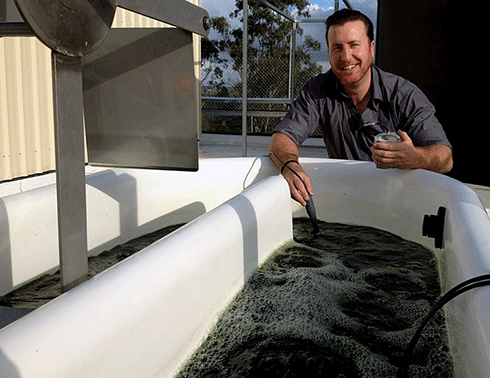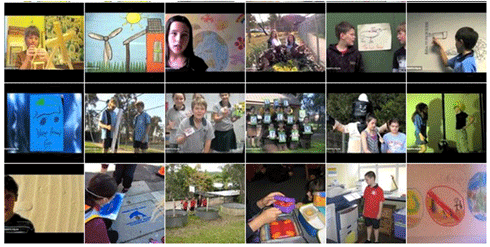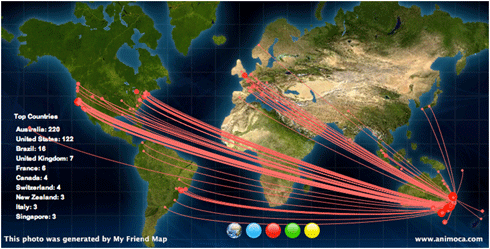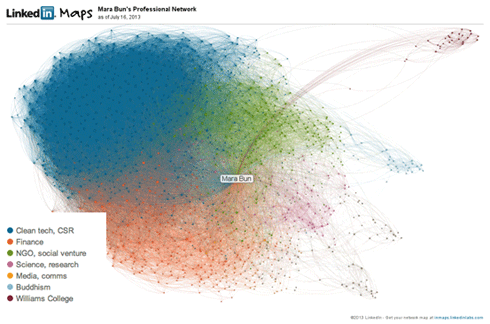
|
Published: 29 July 2013
Fast-growing alga brings bio-crude industry a step closer
Australian and German scientists have identified a native algal species that could supply commercially viable biofuels in future.

|
|
Dr Stephens at the pilot processing plant in Queensland. Credit: Fresh Science
|
Dr Evan Stephens’ team at the University of Queensland, in collaboration with Germany’s Bielefeld University and Karlsruhe Institute of Technology, have identified fast-growing and hardy microscopic algae that could prove the key to cheaper and more efficient production of the alternative fuel.
‘Previously, the main focus has been looking for oil-rich algae, but usually these are not fast-growing and they are tastier to predators – like microscopic scoops of ice-cream,’ said Dr Stephens, manager of the Solar Biofuels Research Centre at the University of Queensland.
‘The integration of new technologies means we can turn a broad range of algae into bio-crude oil that can be processed in existing oil refineries, so now the success of the industry comes down to rapid growth and low production costs.
‘A major new frontier is in the biology and developing new strains – and we’ve already made significant advances through the identification of high-efficiency strains that have really stable growth, as well as being resistant to predators and temperature fluctuations.’
The team identified hundreds of native species of microscopic algae from freshwater and saltwater environments around Australia. They then tested these strains against thousands of environmental conditions in the laboratory, creating a shortlist of top performers.
The researchers are currently putting the alga through its paces at a pilot processing plant at Pinjarra Hills, Queensland. The project has garnered international and domestic investment, including Finland’s Neste Oil, global engineering company KBR, Siemens, the Queensland Government and Cement Australia.
According to Dr Stephens, the algal biofuel industry holds great promise for Australia, whose climate and land are well suited to algae farming.
‘If we devoted just 1 per cent of our land mass to algae farming, we could theoretically produce five times more oil than we currently consume and potentially become an oil exporter, rather than an importer – we could be like the Middle East,’ he said.
Evan Stephens is one of 12 early-career scientists unveiling their research to the public for the first time thanks to Fresh Science, a national program sponsored by the Australian Government through the Inspiring Australia initiative.
Source: University of Queensland






